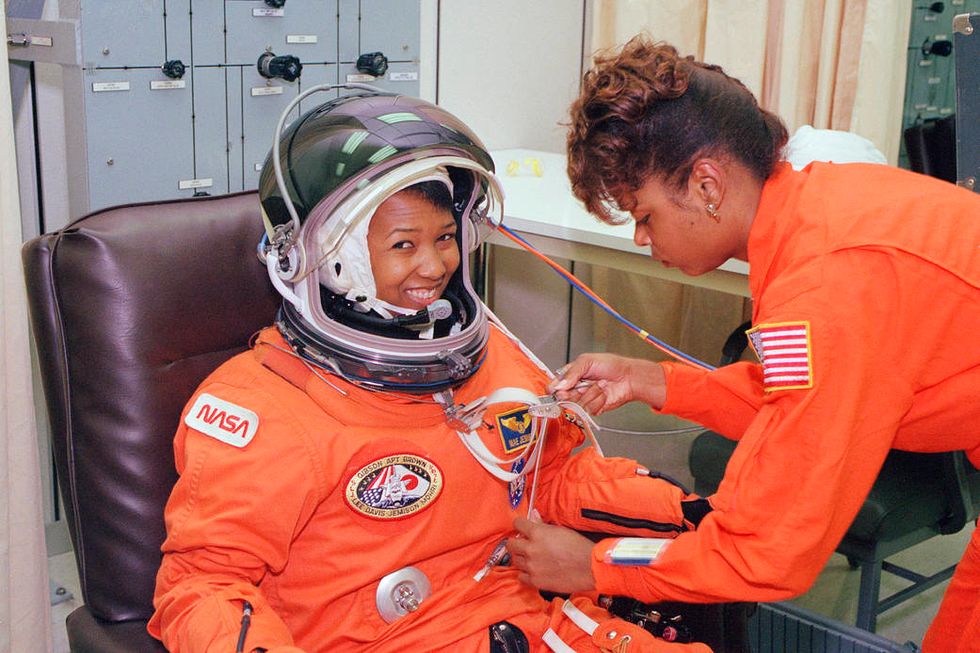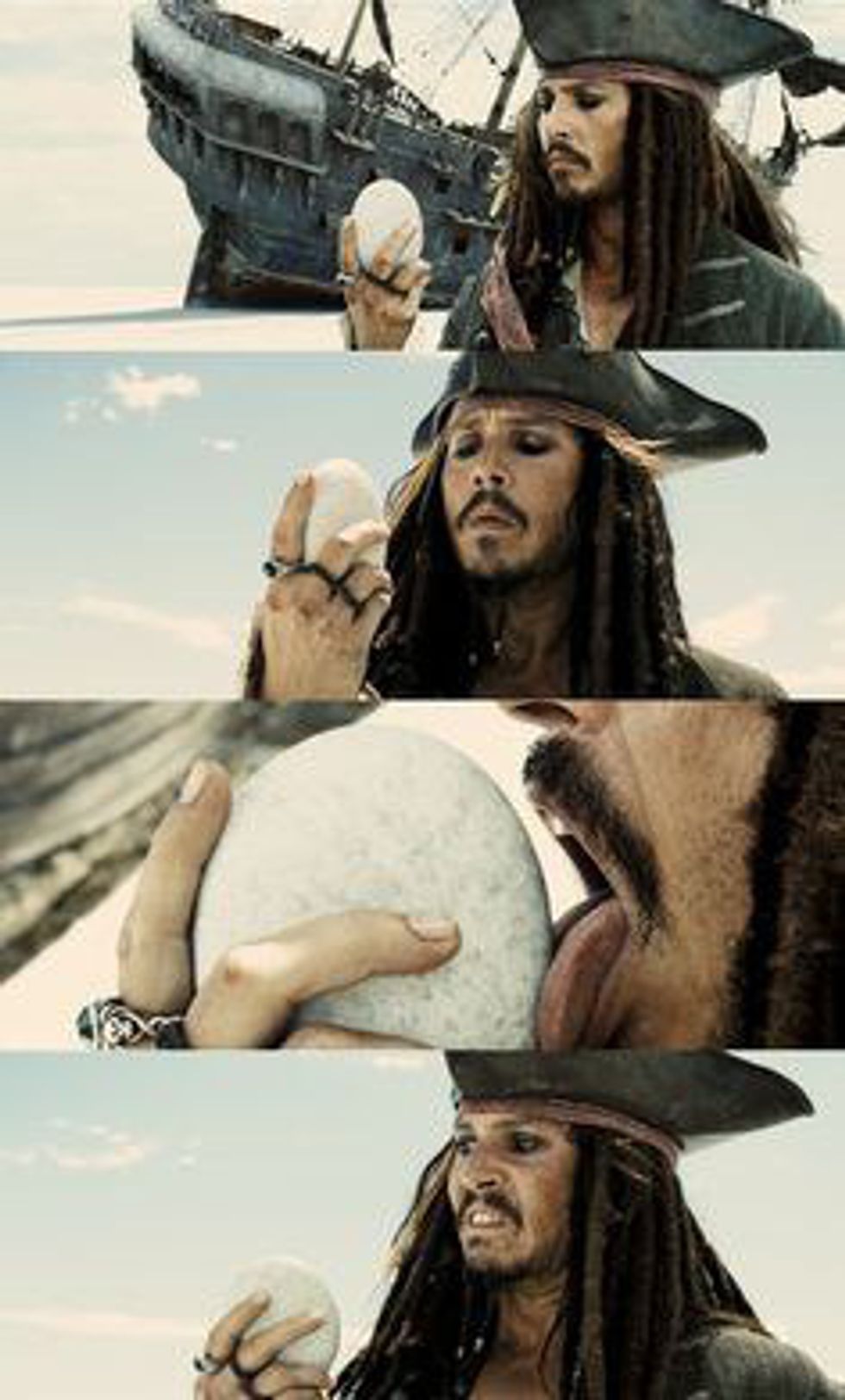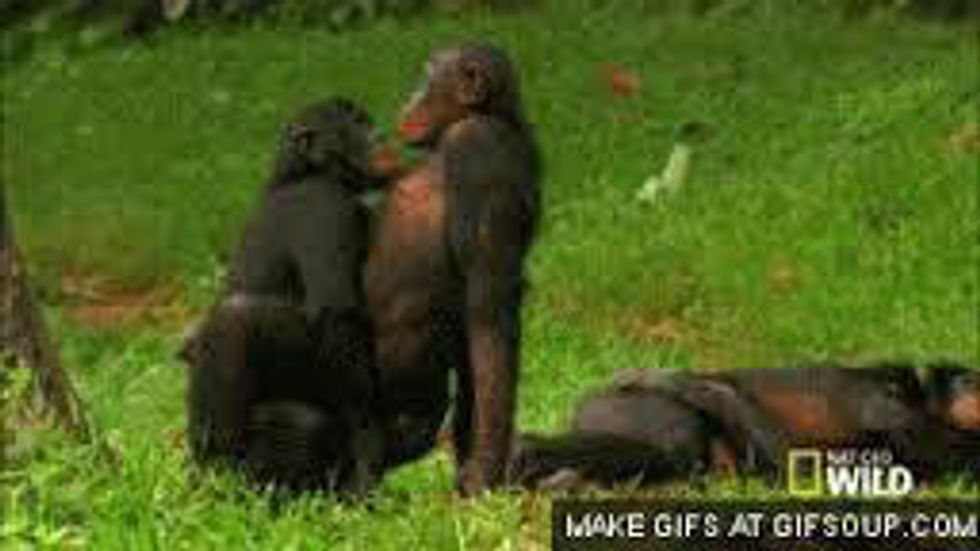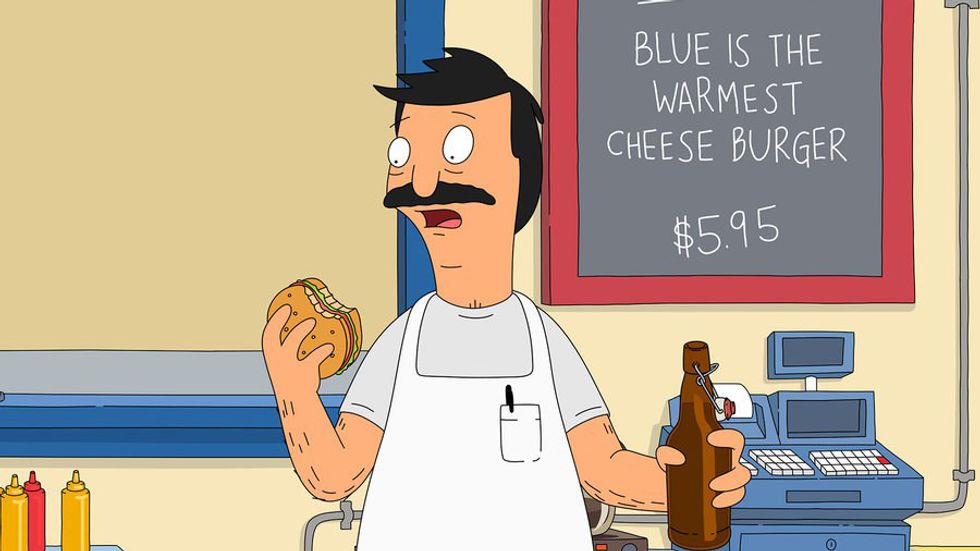The inclusion and representation of black scientists and BIPOC in the field of science is a continual problem. Amid the Black Lives Matter protests that are fighting for the justice of George Floyd Floyd, Breonna Taylor and the rights and safety of all other black Americans, scientists have also been highlighting the injustices faced by black scientists in academia.
Using the hashtag #ShutDownStem, scientists dedicated June 10, 2020, to educating communities about the injustices present in academia and to reflect on anti-black racism in academia, which includes having people create an action plan. Black scientists must continually work to fight the injustices they face for their work to be recognized, and now it is time for white people and non-BIPOC to step in and join the fight.
To continue the fight to amplify black voices in history and move to the present, I would like to introduce you to five black scientists that you should know by name.
1. Alice Ball
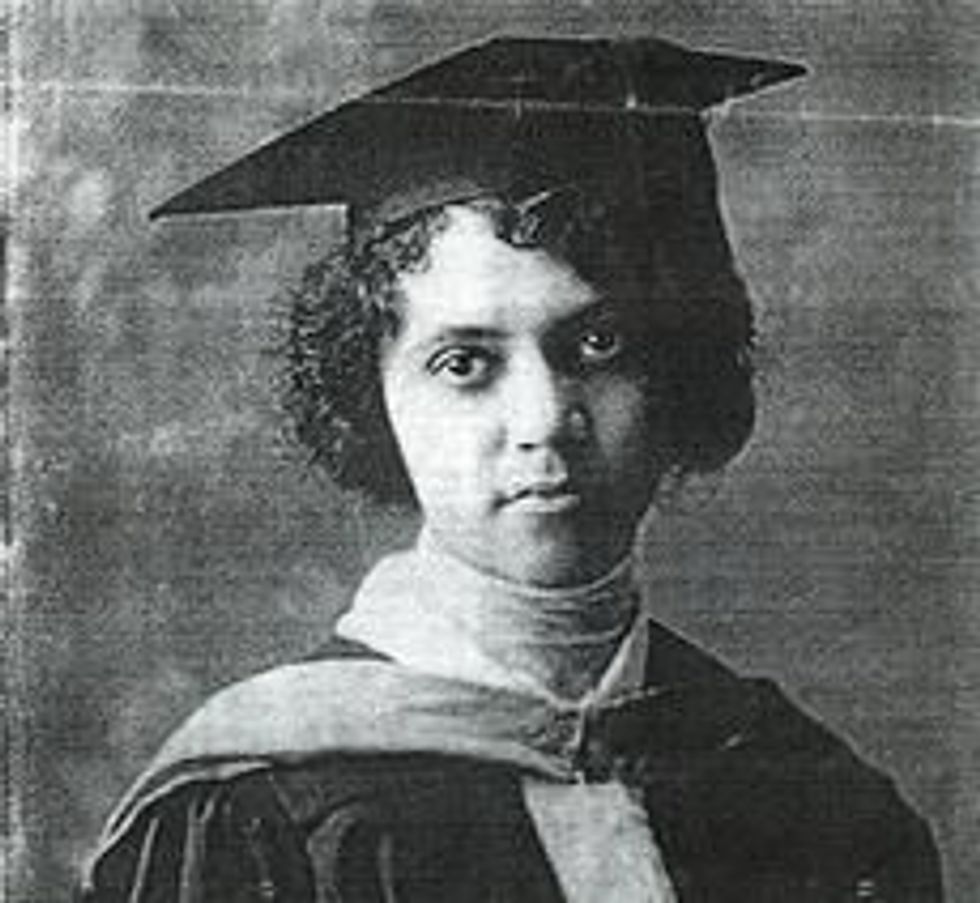
Alice Ball was a chemist who had many scientific achievements before dying at the age of 24. She was the first African American and the first woman to receive an M.S. in chemistry from the University of Hawaii and then became the university's first female chemistry instructor at 23.
Her thesis led to the first successful treatment for Hansen's disease (leprosy), which is now titled the "Ball method." The method involves isolating the oil from the chaulmoogra tree into fatty acid components to create a water-soluble and injectable treatment. Sadly, she died at a young age due to complications from inhaling chlorine gas during a lab demonstration. Her legacy remains in the form of "Alice Ball Day," which is celebrated on February 29 in Hawaii.
2. Mae Jemison
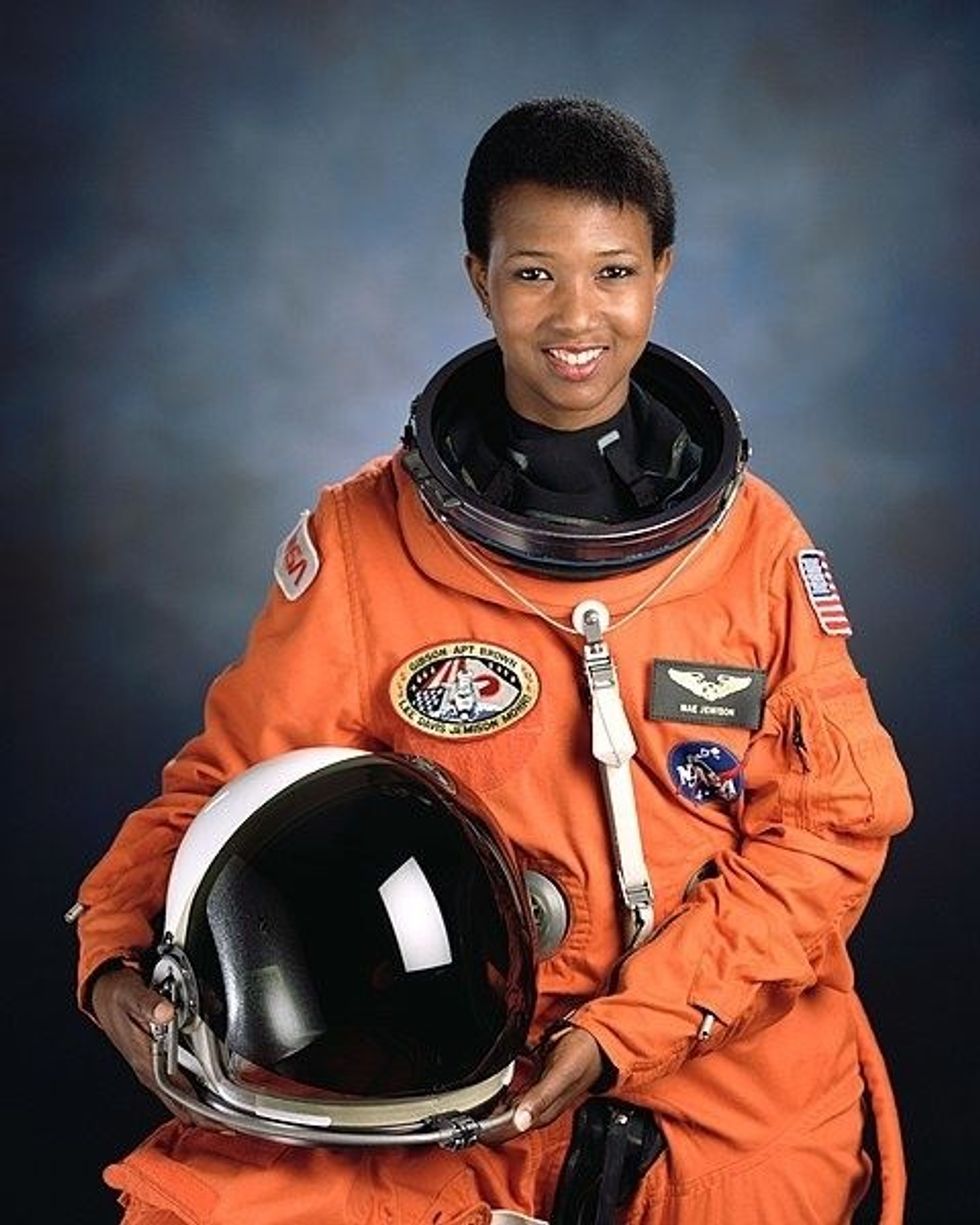
Mae Jemison has made history in many ways as a doctor, engineer, NASA astronaut, educator and author. She started her career out of Cornell Medical School as a medical officer in the Peace Corps and then continued as a doctor in her own private practice. In 1987, Jemison was chosen as one of 15 out of over 2000 applicants to become an astronaut for NASA. She served as a Mission Specialist as part of the STS-47 crew on September 29, 1989, and went onto travel into space on Endeavor on September 12, 1992, becoming the first African American woman in space.
In 1993, she formed The Jemison Group, which aims to develop science and technology companies. She has also taught as a professor at Dartmouth College and Cornell University. She has also created an international space camp for students and created a nonprofit organization called the Dorothy Jemison Foundation for Excellence.
In 2001, Jemison published a children's book about her life, titled "Find Where The Wind Goes." Currently, Jemison is leading the 100 Year Starship project, which aims to make human interstellar travel a reality within the next 100 years.
3. Percy Lavon Julian
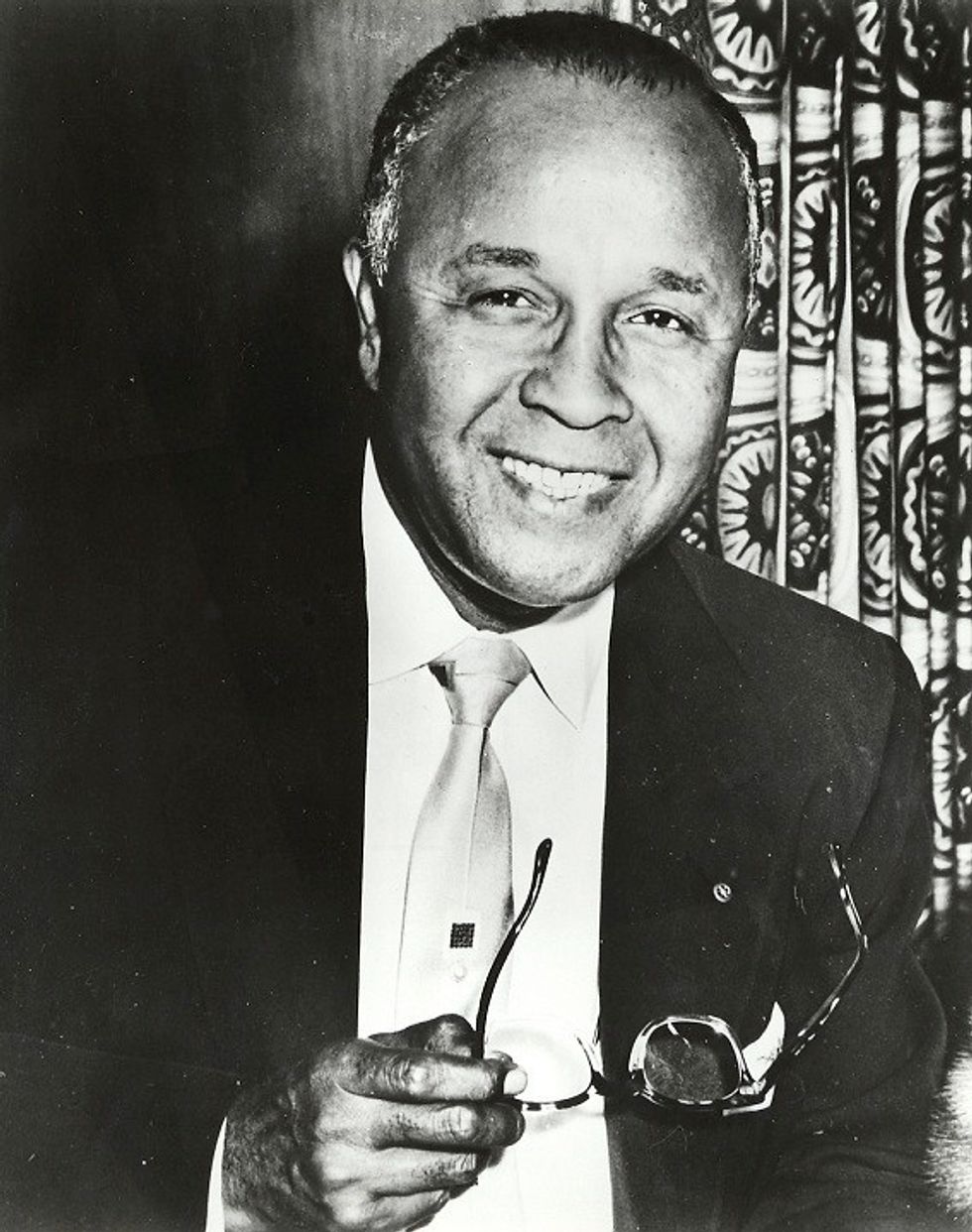
Percy Lavon Julian was a trailblazer in the field of chemistry and the steroid drug industry, specializing in the chemical synthesis for medical purposes. Julian was a chemistry instructor at Fisk University and taught at many other black colleges but struggled to become a full professor due to his race. He eventually joined Glidden Paint as their head researcher, which is where some of his greatest accomplishments occurred.
In 1935, he was able to synthesize physostigmine, found naturally in the Calabar bean. This made possible the use of physostigmine as a treatment for glaucoma. Julian then went on to synthesize the sex hormone progesterone from soybean oil, which would help pregnant women avoid miscarriages. He also synthesized cortisone and hydrocortisone which can treat rheumatoid arthritis. His research in other uses of soybeans led to the invention of Aero-Foam, which utilizes soy protein to put out oil and gas fires, widely used in World War II.
After leaving Glidden in 1953, he started Julian Laboratories, which he sold in 1961 and become one of the first black millionaires in the United States. For the rest of his life, he ran the Julian Research Institute, a nonprofit research organization.
4. Emmett Chapelle
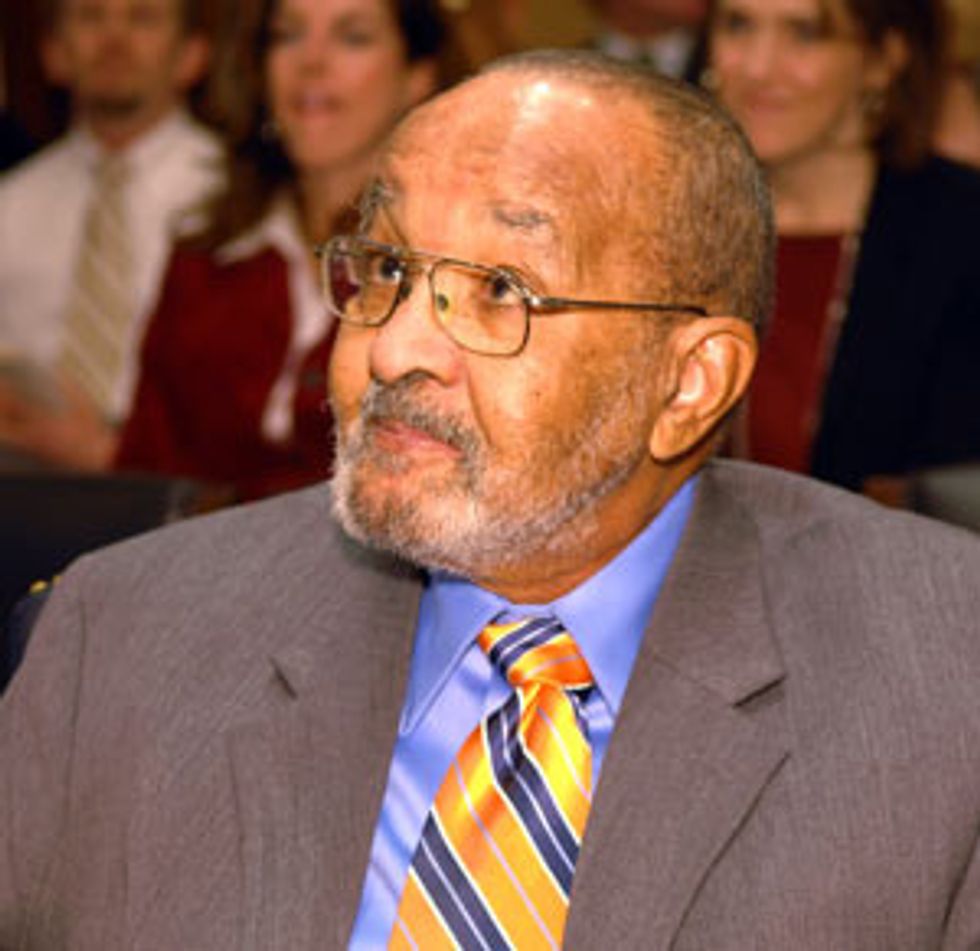
Emmett Chapelle, also known as the father of bioluminescence, has made many contributions to the field of science while also being an advocate for the education of minority students. In his early career, he landed a design position at NASA's Goddard Space Center. During his time there, Chapelle discovered that all living cells are capable of bioluminescence in the presence of a class of enzymes called luciferases, which he found from studying fireflies.
Chapelle also discovered many biological applications of bioluminescence, including detecting the presence of bacteria in blood and urine samples, the creation of ATP monitors which detect organic contamination on restaurant or hospital surfaces and detecting living organisms in soil samples, which came to use with the Viking probe on Mars. Chappelle retired in 2001 but collaborated on many projects until his death in 2019.
5. Rebecca Lee Crumpler
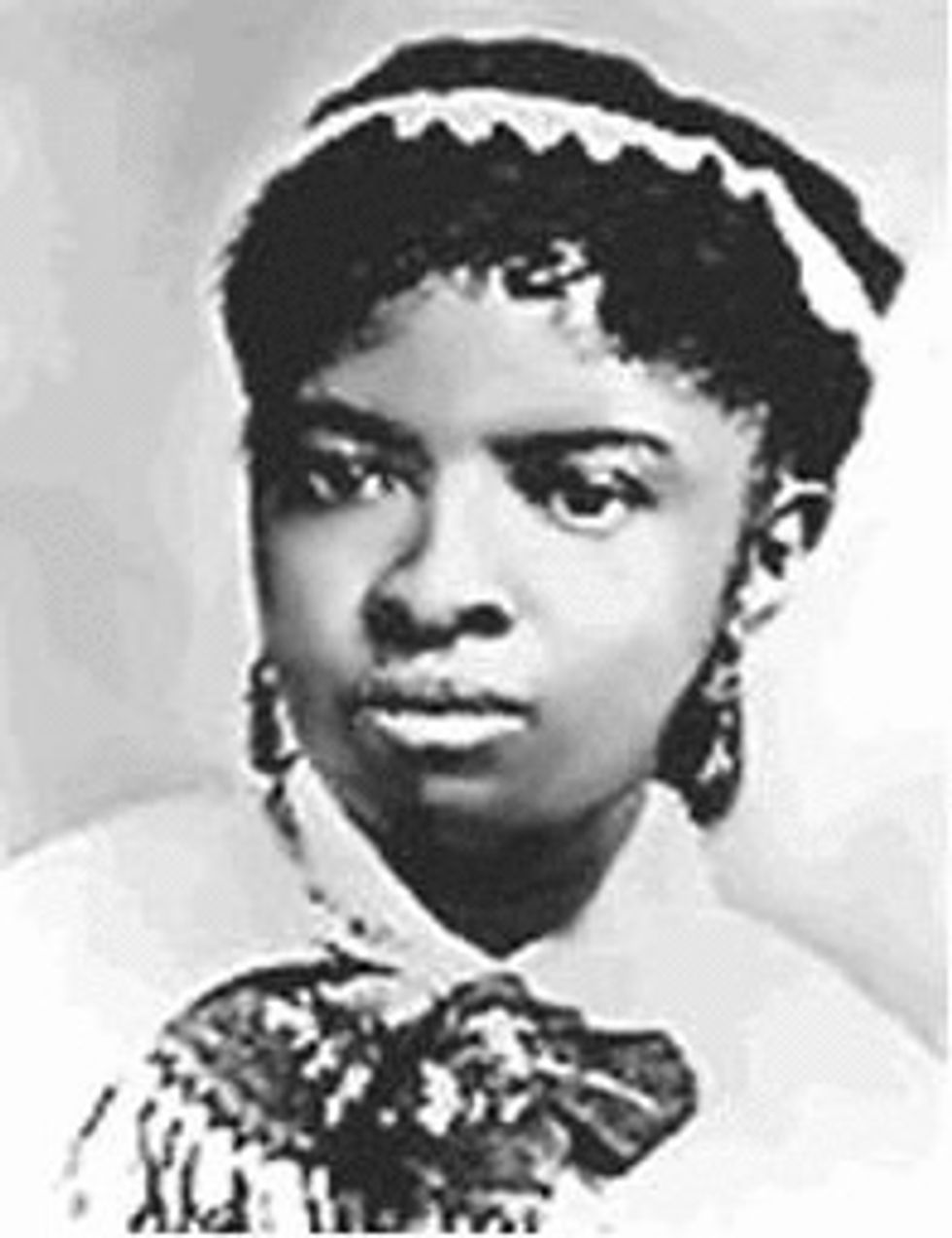
While few records of Rebecca Lee Crumpler's career have survived, she has left a significant mark on history as the first African American woman to earn a medical degree. From 1860-1864, Crumpler attended the New England Female Medical College and graduated with a "Doctress of Medicine." The Civil War ended the year following her graduation, and she was called to Richmond, Virginia to serve with the Freedman's Bureau. Her work with the bureau involved caring for recently freed slaves that otherwise would not have had access to medical care.
Later, she went on to open her own private practice in Boston and published "Book of Medical Discourses: In Two Parts"in 1833, detailing her knowledge of medicine for women and children. Although Crumpler had to continually fight racism and sexism throughout her career, her book was one of the first medical publications by an African American.

